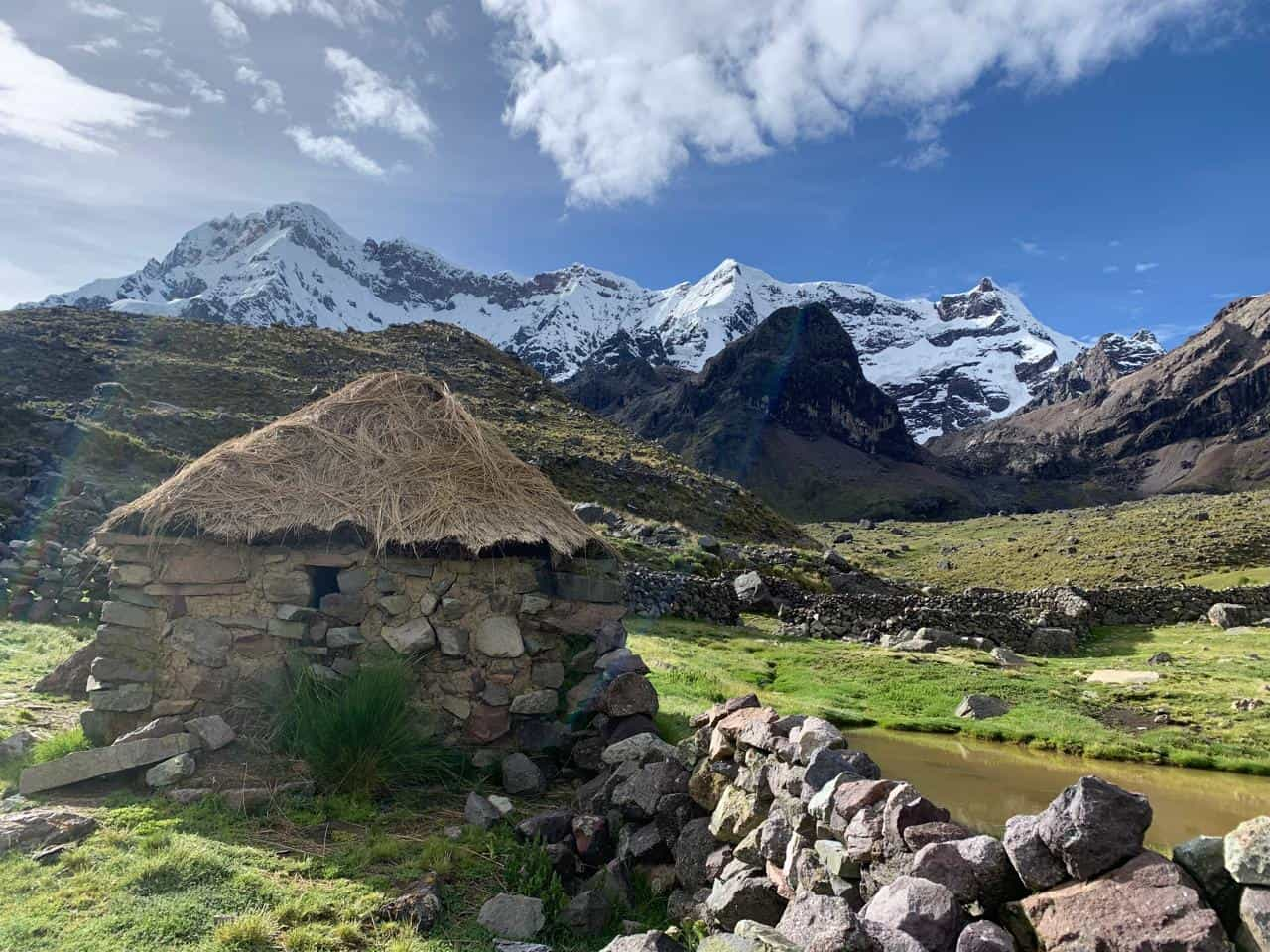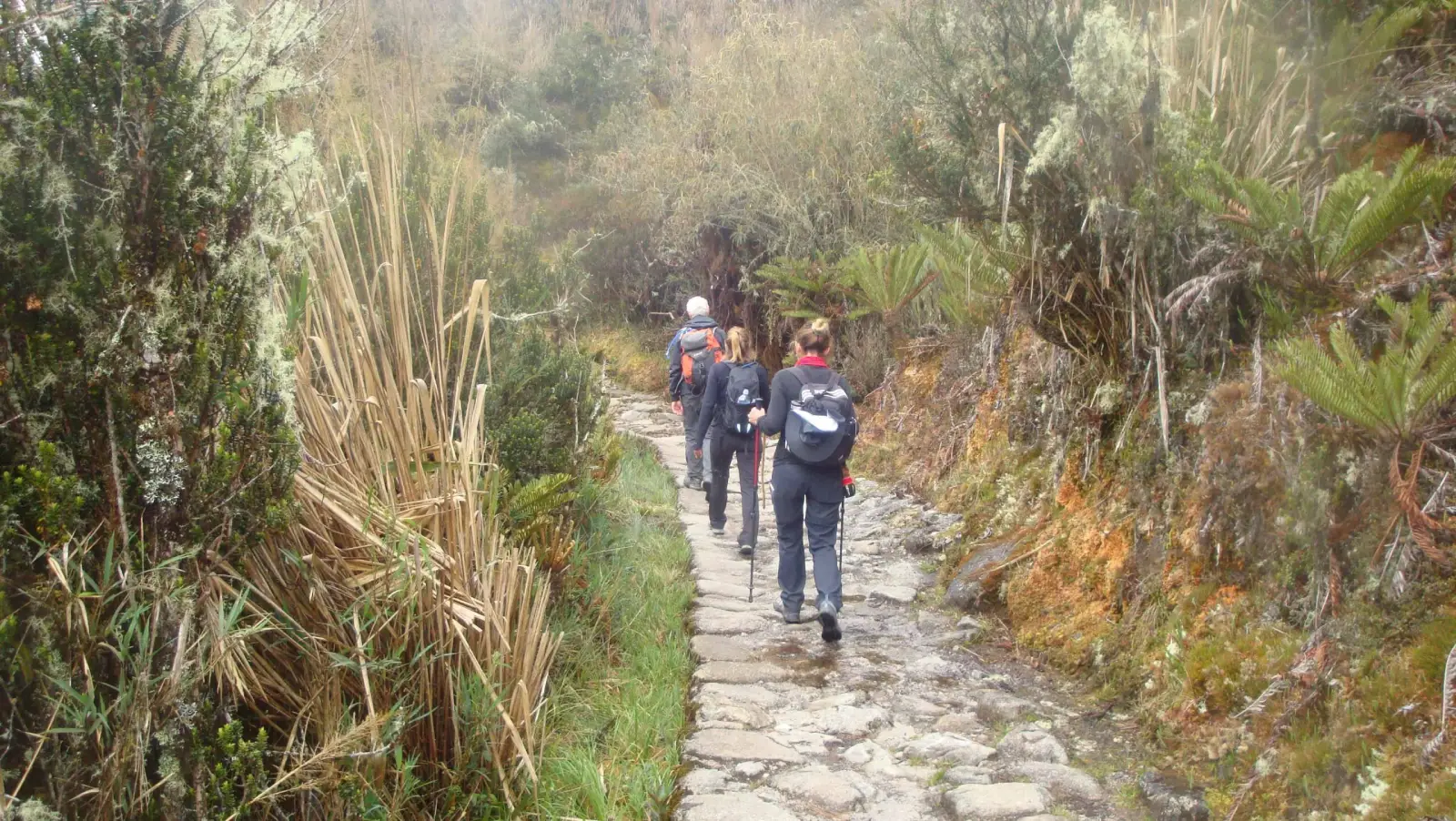The Mystery of the Inca Temple in Peru’s Sacred Valley.
Hidden deep within Peru’s Sacred Valley, the Inca temples guard secrets that date back not only to the mighty Inca civilization but also to the mysterious Pre-Inca cultures that once thrived in this sacred land. While the Incas are celebrated for their advanced engineering and spiritual beliefs, evidence suggests that some of their most iconic temples were built upon even older structures, possibly crafted by ancient civilizations such as the Wari, Chavín, or the legendary Killke people
- What is inside the inca temple
- Hidden symbols and forgotten rituals
- Why did the pre-inca choose the sacred valley
- Waterfall perolniyoq- Purification place
- Sun Gate
- Lost Pyramid Temple of the Sacred Mountain- Cachiccata khuchiyoc mountain (apu buena negraga)

What inside the inca temple?
Archaeologists have uncovered massive stone foundations that predate the Incas by centuries. These megalithic ruins, featuring precisely cut stones and mysterious carvings, hint at a lost civilization with advanced knowledge of Astronomy, Architecture, and Spirituality. Could it be that the Incas inherited and expanded upon the sacred sites of their predecessors?

Hidden Symbols and Forgotten Rituals
Many believe that these ancient temples hold cosmic alignments linked to the stars and sacred deities. The Killke culture (900–1200 AD), for example, built structures that the Incas later incorporated into their own grand temples. Some legends even speak of hidden chambers and underground tunnels leading to forgotten relics of the Pre-Inca world.

Why Did the Pre-Incas Choose the Sacred Valley?
The Sacred Valley was more than just fertile land; it was considered a gateway to spiritual enlightenment. Pre-Inca civilizations saw this region as a powerful energy center, possibly due to its connection to the sun, moon, and celestial cycles. Their temples were not just places of worship but Portals to the divine, later adapted by the Incas to honor Inti, the Sun God.
This blend of Inca and Pre-Inca mysteries makes the Sacred Valley one of the most fascinating archaeological puzzles in South America. Could there still be undiscovered secrets buried beneath its ancient stones?
Waterfall Perolniyoq- Purification place
Nestled in the heart of Peru’s Sacred Valley, the Perolniyoq Waterfall is not just a breathtaking natural wonder but also a place of deep spiritual significance. Located near the village of Socma, in the Urubamba province, this stunning 100-meter waterfall cascades down from the mountains, creating a mystical atmosphere that has captivated travelers and locals alike for centuries.
why was it a place of purification?
sacred connection to mountain water
- For the Incas and pre-Inca cultures, water symbolized life, renewal, and spiritual energy. It was believed that bathing in these sacred waters could cleanse the body and soul, preparing individuals for important rituals and ceremonies
strategic location and special energy
- Andean priests, known as «hamawtas», are said to have performed spiritual cleansings and energy rituals at this waterfall. Even today, Andean shamans consider Perolniyoq a powerful place for spiritual healing and flower baths (traditional energy-cleansing ceremonies)
Andean cosmology
- In Andean tradition, water is linked to Pachamama (Mother Earth) and the balance of nature. Waterfalls were seen as portals between the earthly world (Kay Pacha) and the spiritual world (Hanan Pacha), making Perolniyoq an important site for connection with the divine
Perolniyoq waterfall today.
Today, Perolniyoq is a must-visit destination for hikers, nature lovers, and spiritual seekers. Many visitors report feeling a powerful energy near the waterfall, reinforcing the belief that this site remains a place of healing and renewal. also we have a amazing trek to machu pichu by this Road call inca quarry trail to machu picchu by inca trail classic, Company

Sun Gate – Cachiccata Ollantaytambo
- An Ancient Inca Portal to the Sacred Valley ollantayatmbo and machu picchu by inca trail classic
Hidden in the mountains above Ollantaytambo, the Sun Gate of Cachiccata is a lesser-known yet fascinating Inca site that offers stunning panoramic views of the Sacred Valley and a deep connection to the Inca spiritual world. Unlike the more famous Inti Punku (Sun Gate) of Machu Picchu, this Sun Gate in Cachiccata is believed to have had ceremonial and astronomical significance, possibly aligned with the movements of the sun during solstices and equinoxes
The Significance of the Sun Gate……. a sacred portal to the andes
- In Inca cosmology, Sun Gates (Inti Punku) were often built at high-altitude locations to mark important astronomical events. These structures were designed to align with the rising and setting sun, symbolizing a gateway between the physical and spiritual worlds.
Connection to Cachiccata inca Quarry to Machu picchu by inca trail classic
- Just below the Sun Gate lies the Cachiccata Quarry, an important Inca stonework site where massive stones were extracted and transported to build the Ollantaytambo Temple Complex. Some researchers believe that the Sun Gate may have served as a ritual entry point for workers and pilgrims traveling between the quarry and Ollantaytambo
A Hidden Gem for Hikers and Explorers with company inca trail classic
Unlike the crowded sites of Machu Picchu and Ollantaytambo, the Sun Gate of Cachiccata remains an off-the-beaten-path destination. The hike to the site takes around 3 to 4 hours from Ollantaytambo, passing through breathtaking Andean landscapes, ancient terraces, and remnants of Inca road
- the Sun Gate in Cachiccata (Inti Punku, Ollantaytambo) is free to visit! There is no entrance fee, and you can hike there independently. The trail starts from Ollantaytambo and takes about 3 to 4 hours to reach the top. Along the way, you’ll see Inca terraces, ancient quarries, and breathtaking views of the Sacred Valley. It’s a great off-the-beaten-path experience for history and nature lovers.
Astronomical and Spiritual Alignment – Cachiccata
- The Sun Gate’s position suggests it may have been used for astronomical observations, aligning with the movements of Inti (the Sun God). During key dates such as the June and December solstices, sunlight may have illuminated the gate in a significant way, marking seasonal changes for agricultural and ceremonial purposes. The Sun Gate of Cachiccata is located directly in front of Mount Veronica (Wakay Willka), one of the most sacred peaks in Inca mythology. This strategic alignment suggests it may have had astronomical and spiritual significance, possibly used for ceremonial rituals and solar observations. From the Sun Gate, visitors can enjoy breathtaking views of Mount Veronica’s snow-capped peak, making it a truly mystical experience.
Why Visit the Sun Gate of Cachiccata?
For travelers looking to explore an authentic and less-visited Inca site, the Sun Gate of Cachiccata offers a unique blend of history, nature, and spirituality. The challenging yet rewarding hike provides an opportunity to walk in the footsteps of the Inca builders, uncovering a forgotten chapter of Peru’s rich
The Cachiccata Community Ollantaytambo
The Cachiccata community, located near Ollantaytambo in Peru’s Sacred Valley, is a small Andean village known for its rich Inca heritage, traditional lifestyle, and connection to the ancient Cachiccata Quarry. This quarry was a key site where the Incas extracted and transported massive stones to build the impressive temples and structures of Ollantaytambo
- The community preserves knowledge of Inca stonework and quarrying techniques, maintaining a strong link to their ancestors who worked at the Cachiccata Quarry
- The Cachiccata community offers a unique opportunity for travelers to experience the living culture of the Andes, blending history, nature, and local hospitality.
Lost Pyramid Temple of the Sacred Mountain- Cachiccata khuchiyoc mountain (apu buena negraga)
High above Cachiccata, on the mystical Khuchiyoc Mountain, lies the Lost Pyramid Temple, a forgotten Inca site shrouded in mystery. Also known as Apu Buena Negra, this sacred peak was a center for rituals, offerings, and spiritual ceremonies. The site’s unique pyramid-like structure suggests it may have been an astronomical observatory or a place of worship to the mountain gods (Apus). Today, it remains an off-the-beaten-path destination, perfect for explorers seeking ancient energy and breathtaking views.
The lost pyramid temple is located in Ollantaytmbo
Located in the Sacred Valley near Ollantaytambo, the Lost Pyramid Temple on Khuchiyoc Mountain (Apu Buena Negra) remains a hidden Inca site. Once a ceremonial and astronomical center, it is now used by local farmers for agriculture. Despite this, the site still holds deep spiritual energy, with its pyramid-like structure suggesting it was a place of offerings and connection to the Apus (sacred mountains). This forgotten temple blends history, mysticism, and local traditions













